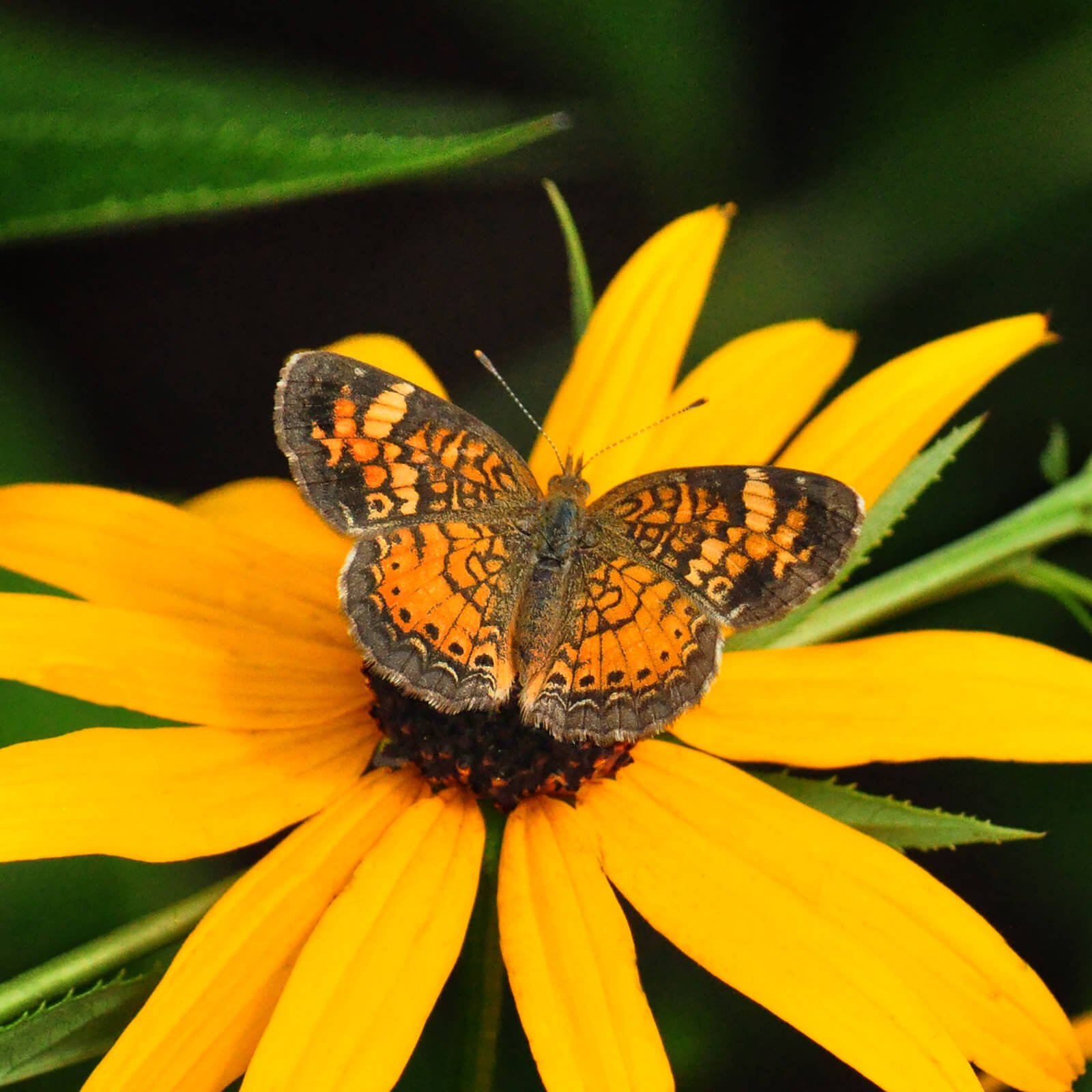Life Cycle: Perennial
Sun Exposure: Full, Partial
Soil Moisture: Wet, Medium
Height: Up to 10 feet
Plant Spacing: 3-5 feet
Bloom Time: June-July
Bloom Color: White
Advantages: Caterpillar Favorite, Bird Favorite, Great landscaping plant
Host Plant: 35 species of butterflies and moths use this as a caterpillar host plant in our area (nwf.org)
Specialist Bee: Colletes banksi (Jarrod Fowler) and C. brimley (Johnson and Colla, 2023)
Beneficial for Endangered or Threatened Species: Henrys’ Elfin (Incisalia Henrici) (mnfi.anr.msu.edu)
Resource: Johnson, Lorraine, and Sheila Colla. A Northern Gardener’s Guide to Native Plants and Pollinators: Creating Habitat in the Northeast, Great Lakes, and Upper Midwest. Island Press, 2023







